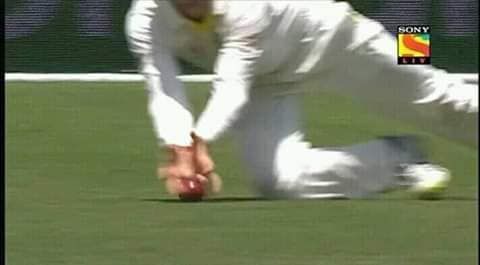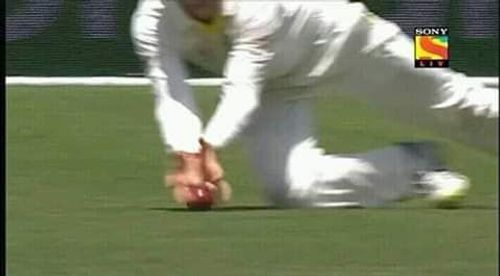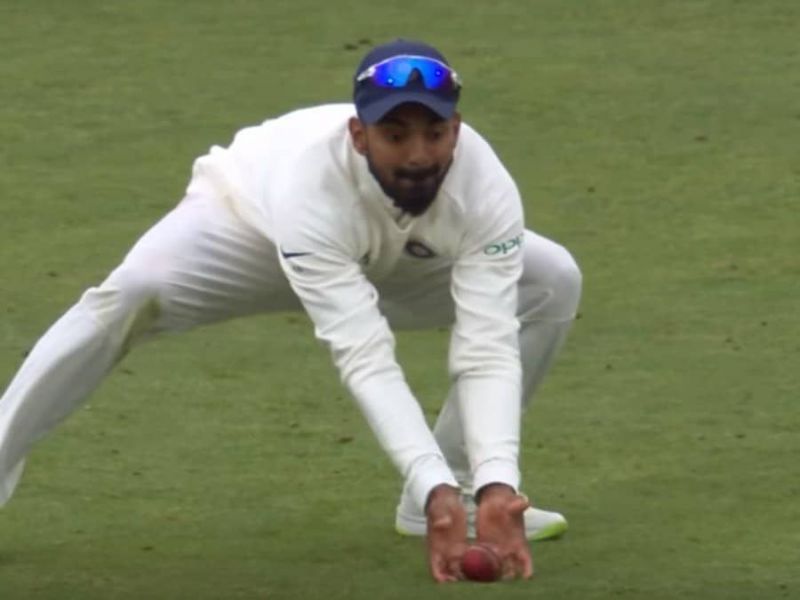
Australia vs India 2018-19: A brief analysis regarding soft signal

After Virat Kohli got dismissed scoring a well-fought and thoroughly-deserving Test century, off Pat Cummins' bowling, a slight controversy emerged regarding the third umpire's decision. Kohli was given out despite the TV replays showing something else, courtesy to Peter Handscomb who was successful to persuade the ground umpire that the catch was caught clean through his confidence after grabbing the ball as a result of which the soft-signal was given out.
Now, it's not about whether Kohli got out deservingly or not, it's more about the practice and concept of soft-signal. First of all, what's a soft-signal? Generally, soft-signal is the decision made by the ground umpires before referring the decision to the TV umpire. Unless and until the TV umpire comes up with a conclusive evidence against the decision taken by the ground umpires, the soft-signal cannot be overturned.
But, is the system of soft-signal practical in every case? I am not sure how the standing umpire gives a soft-signal for a catch which is taken in the long-on region. I just hope that their eyes don't have a feature of zooming in and out to view near and distant objects. So, at the end of the day, the umpire gives a soft-signal, either out or not-out, based on how confident the fielder is.
If the fielder, immediately, after taking the catch far away from the view of the field umpire, runs around the field with smiles in his face, hugging his teammates and congratulating the bowler, the soft-signal is out. On the other hand, if the fielder doesn't seem confident about the catch, the field umpires too make a wild guess and signal their decision, leaving the case to the third umpire.
Now, what needs to be done by the third umpire? Well, it's pretty simple. The third umpire needs to look at the replays, looping and repeating it multiple times, from multiple angles and should try to find out any evidence which is conclusive and justifying. Unless the TV umpire finds a clear proof going against the soft-signal, the on-field decision remains unchanged.
In some cases, it is not completely about what we see from one angle. In the field of optics, illusions do occur. What seems to be true from one angle or one view may not remain true from another angle. What we see normally can vary from what we see in slow-motion replays.
Coming to Virat's case, it's definitely not out for his fans and out for those who are not his admirers. But for those who are neutral in their views, it can be either. But what I believe is that, if the umpire standing on the field doesn't get a clear view of the catch being taken, he should not be making a soft-signal and the decision authority should be vested completely on the third umpire.
It's not the first time though, similar voices were raised when KL Rahul caught a catch off Hardik Pandya's bowling, dismissing Joe Root, in the Trent Bridge. There have been several other instances too.

In conclusion, the ICC should look up to this matter carefully and should bring a change in their rules, stating that the field umpires shall only make a soft-signal if he has a clear view of the incident, else, the final decision shall be made by the TV umpire after viewing the replays and taking help of the available technologies.
What are your thoughts on this subject? Comment down.